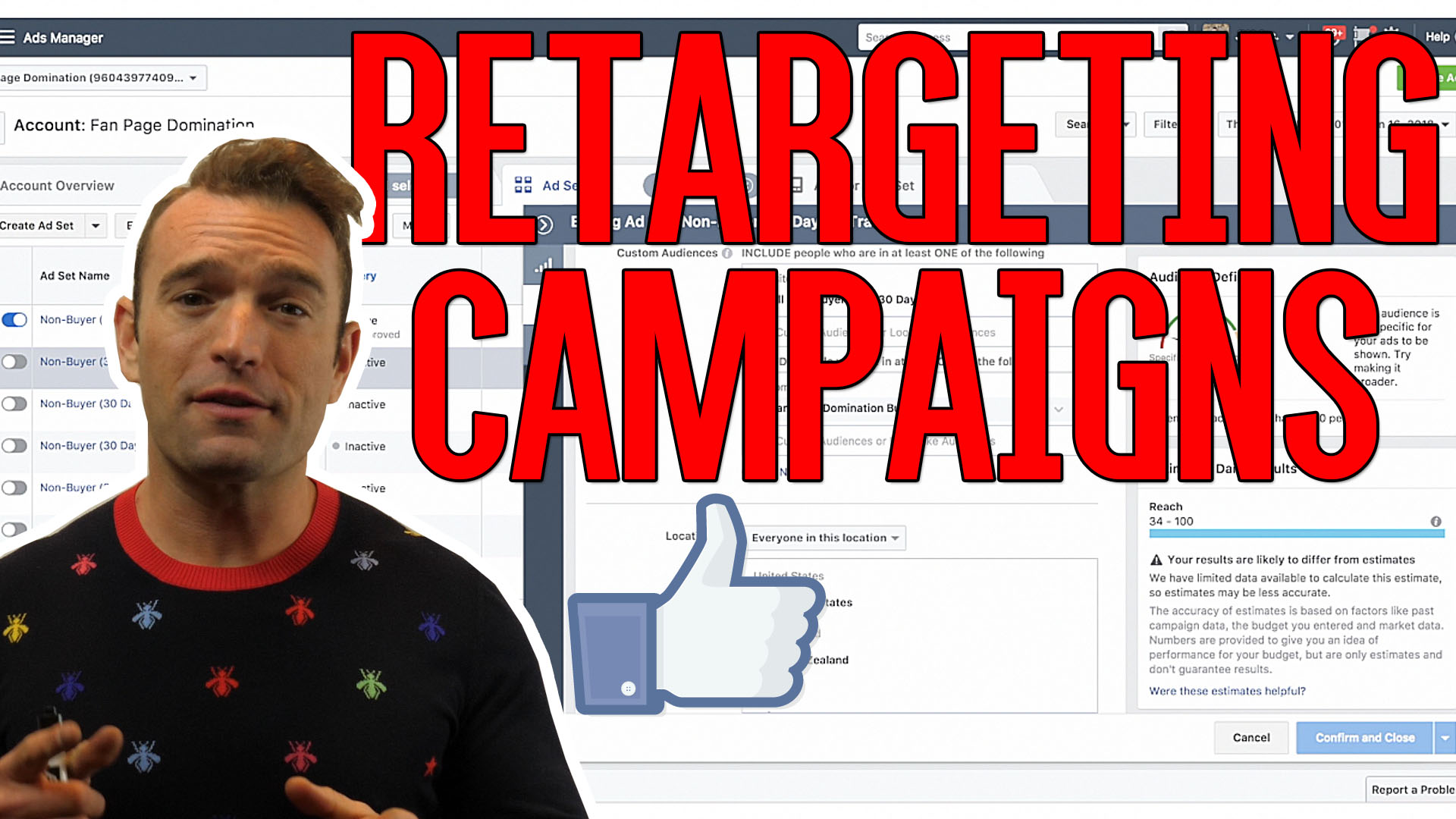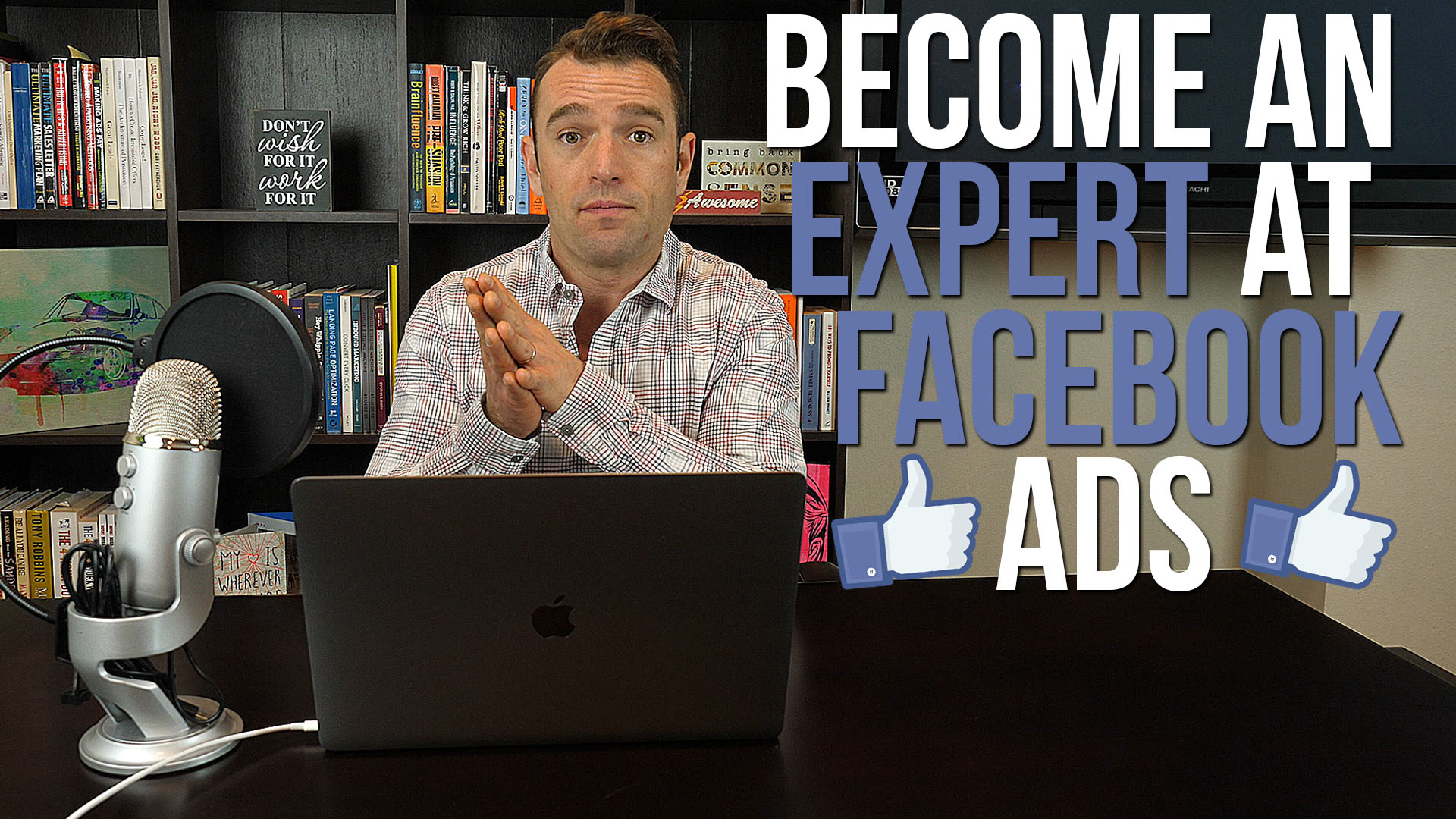[elementor-template id=”1381″]
All right, so we had a question from someone in the group and he’s asking specifically about, I believe, scaling within his brick-and-mortar business. Now, he just said next steps, but then he’s talking about, do I go to lookalikes? Do I do retargeting? And then he’s throwing in AdRoll and stuff like that.
So, my assumption here is that he’s looking to scale because he’s got his front-end Facebook stuff going, like he said, at the beginning of the message.
What I wanted to do in this video was give the 6 Scaling Steps that can apply basically to any business. Now, some of these things aren’t going to apply to certain scenarios and there may be some nuance that you have to think through in some of these scenarios, depending on the market that you’re in. That’s how some of these things change, depending on what business that you’re in.
I’m going to attempt to cover some of those specific to what he’s talking about here as I go through this real quickly here.
All right, the first thing that we do is we get cold, warm, and hot Facebook campaigns profitable. That’s the first thing that we do. That’s what my whole course, Bootcamp 2.0, teaches. That’s what our new course that I just put in the membership site, How to Convert and Scale Paid Traffic Today, that’s what that teaches.
Now, what we mean by cold, warm and hot is we’ve got cold traffic, we’ve got middle of the funnel stuff, like Facebook fans. We’ve got people who engage with ads, video views audiences, and stuff like that.
And hot campaigns, which are retargeting that we do with the Facebook pixel, okay? We actually do retargeting right away. We should be doing it, at least on Facebook. If you’re following what I teach, especially in the CBO course, which is our current campaign structuring, you’re going to have two cold and one is going to be specific interest. I’m going to label that SI. The other one is going to be lookalikes, if this applies to you.
Now, one of the scenarios where lookalikes don’t really apply, and even interest don’t really apply, is a lot of local type stuff. So, like if your market—and what I don’t know from the person who asked this question, is when you say brick and mortar, if that confines you to a local area or not. I don’t think so, from what a lot of the other things you’re telling me are going on in your business. I think you’re selling in your whole country online.
In that case, if that’s the case, then you can do lookalikes, if you’re in a broad area. But if you’re a local business and you’re just advertising in a geographic area, especially if it’s really small, lookalike audiences are completely useless for you. All it’s going to be doing is making another group of people that you can reach without having to do the lookalike and they just don’t really work as well as if you just target the local area.
But in our normal campaign structure, we’re going to have two cold and one warm campaign and inside that, we’re going to have an ad-set that is targeting the FB fans. We’re going to have one that’s our 25% views of audiences, and then we’re going to have one that is our general retargeting.
And then we’re going to have a third campaign that’s basically our hot campaign and this is going to be our non-buyer retargeting in here, or whatever the top, the next step in our funnel is. If it’s purchasing a product, it would be non-buyer, if it’s becoming an applicant for like a high-ticket coaching program, than it’s non-applicant, is kind of how we’re doing it. We’re just trying to get people to take that final step in our funnel before they take the action that we want them to take in that funnel. All right?
So, this is our normal campaign structure and we’re going to put all this stuff together, do all of our testing and stuff and our campaigns get profitable.
Now, from what the person who asked the question is telling me, this is where he’s at right now. He’s already here.
So, the next step would be then to test third-party retargeting and get that profitable. Because now what we’re doing is we want to spend our money the most efficiently and give us the highest probability of success.
When we go after people that have already been on our site and haven’t done what we wanted them to do, they haven’t bought yet or become an applicant or become a lead or something like that, then doing advertising to them on other platforms, on other places that they’re going to be on the internet, which is what these third-party retargeting platforms do, that’s going to give us the highest leverage point to convert sales cheaply and give us the most profit. We can typically add on an extra 10X ROI over our ad spend on that channel, which does really well.
Now, you’re not going to be able to scale these budgets really high until you start getting way more cold traffic coming in, because, you know, that affects these things. But you can get really cheap sales, they add extra sales, they make you more profitable in your overall scheme of things. So, that’s why we start here.
The ones that I recommend are AdRoll, SiteScout, and Perfect Audience. Now, I don’t have trainings on these, because I don’t need to. They already have, inside of their websites, they have videos that they do from their team showing you how to set stuff up. You don’t need me to do that for you. Like it’s no different than Facebook and how it operates from the meta level. You get a pixel that you install on your website.
And I would recommend that you sign up for these things and any other networks—which is the next thing that you want to test—sign up for these things right away. Get your accounts and every single one of these things gives you a pixel like Facebook. You just put all them damn pixels on your website.
Now, we use Google Tag Manager to do that. You can go to Bootcamp 2.0, we have a whole section on that in there, so there’s videos and trainings on how to do that. But we put all that stuff in there up front. I even show all this in there, and then we get people from all of our Facebook traffic that we’re running up here, it fills these audiences, too, at the same time, onto their pixels. And then we can then set up these ads over here on these networks, so we get to leverage the traffic that we’re generating up here from Facebook when we’re ready to start testing these networks.
So, they have trainings that show you how to set up ads on their network and stuff like that. You know, use that stuff. I’m not going to create trainings on those
Then once you’ve got things profitable, then you go to step three, which is testing other networks for warm traffic. You can go to your middle of the funnel audiences on Google Display and on YouTube. If you got a YouTube channel, you can start doing ads there. Again, there’s plenty of trainings out there on this stuff. I don’t have anything specific to these areas at this point in time. We’re going to be expanding out to that.
Then once you got the warm traffic, the middle of the stuff going there, then you can test those same networks for cold traffic. We go to our middle of the funnel stuff first because again, that’s highest leverage for our dollars spent. And it’s the easiest to get to convert. Once we get to cold traffic, then it starts getting harder. That’s why we put that down here.
Now, some businesses this may not apply to, like especially a local or a brick-and-mortar business, but you can look for media buys and email drops. Now, a media buy is simply going out to a highly relevant website that gets its own traffic and they sell advertising on their site. You can buy banners on their site or a whole package of different ads, which would include banners on their site, maybe placements in the newsletter. Sometimes an email drop.
There’s a lot of businesses like that that have email lists that are highly relevant to your offer and this could even work for like a brick-and-mortar and they’ll sell you an email and you basically create a creative with them and you send it to their list, and you drive that traffic to your website. That stuff converts really well. These things were actually what I did the majority of the stuff, that plus SEO actually, was my two biggest sources of traffic for years before I got into Facebook ads and paid traffic.
All right, you can look for these things and then you can also, as you’re doing the whole thing, you know, build SEO assets along the way off of certain keywords for your site because if you’re doing this stuff over years and you’re building this stuff out, then you start getting all this other free organic traffic that comes in and it scales you all up along the way.
There you go. That’s your scaling steps.
To the victor belong the spoils,
Jason Hornung
[elementor-template id=”1381″]




Comments